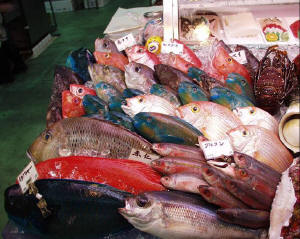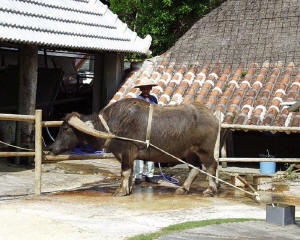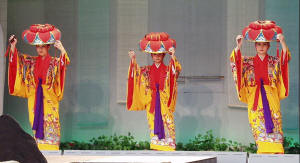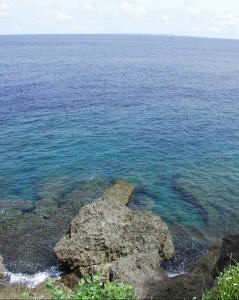
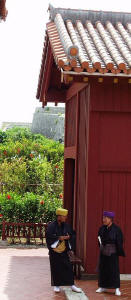 Ryukyu Islands
(Group leader Taku Iida)
Ryukyu Islands
(Group leader Taku Iida)
Neolithisation 10-15thc; Modernisation 17-19th c
Area: Okinawa Island
Reasons for selection:
(1) Ry. area belongs to the sub-tropical climate and is situated in the Southernmost end of the Japanese Archipelago;
(2) Represents the cultural and historical diversity of the Japanese Archipelago with its Oceanic culture and Ryukyu Kingdom;
(3) Trading spot between Japan, China, Korea and South-East Asia;
(4) Long foraging period followed by the introduction of agriculture and rapid development of the state order around 10th to 12th c AD;
(5) Modernisation brought by colonial powers.
Important issues during the Neolithisation period:
(1) Foraging economy.
(2) Late introduction of agriculture and production economy. Cultivation of miscellaneous cereals unlike on the rice-dominated Honshu.
(3) Trade activities with China, cultural exchange with other Oceanic cultures.
Formation of state order and its impact on the environmental perception.
Important issues during the Modernisation period:
(1) Unification of kingdoms and the formation of Ryukyu Kingdom
(2) Intermediate trade as the basis for economy.
(3) Subordination to the Chinese Qing dynasty and the two-level government model; Chinese influence;
(4)
Colonial economy brought by the
invasion of bakufu authorities in the 17th c.